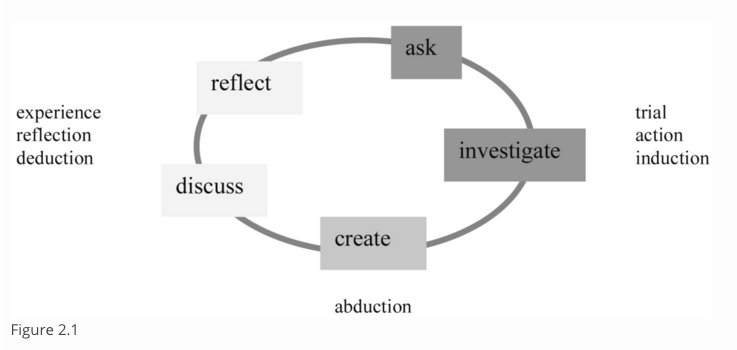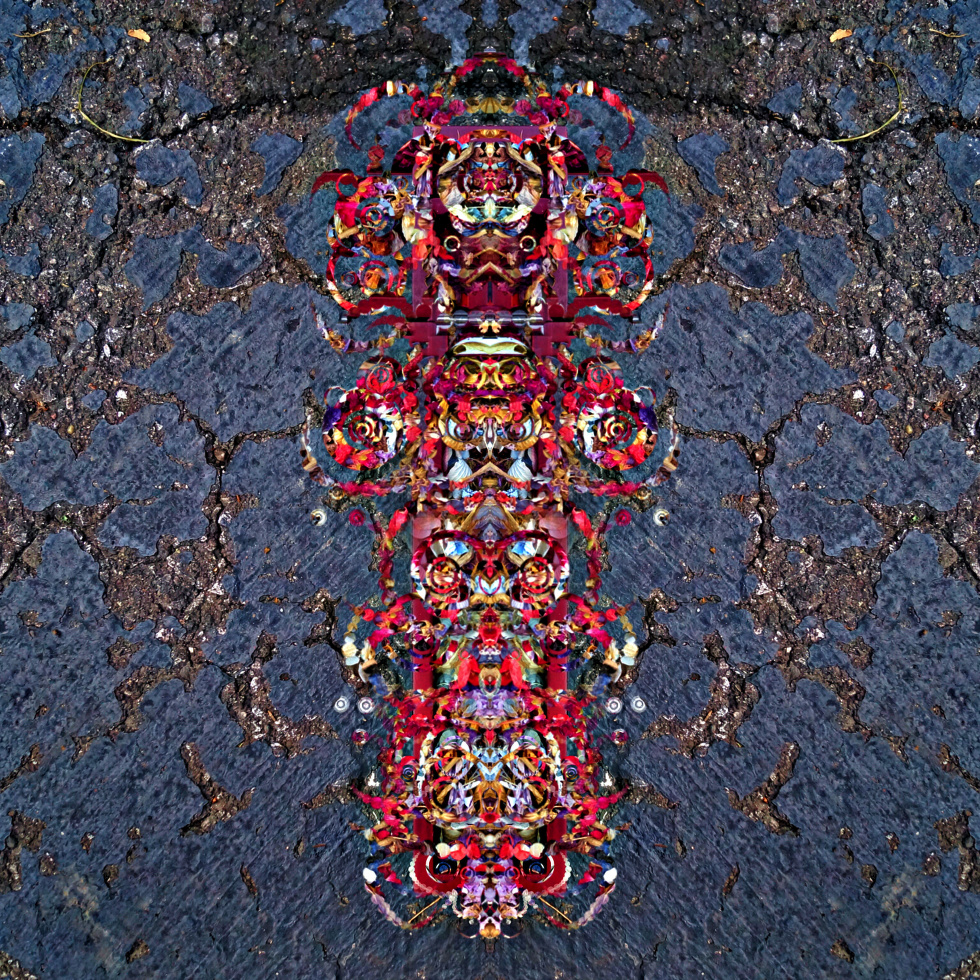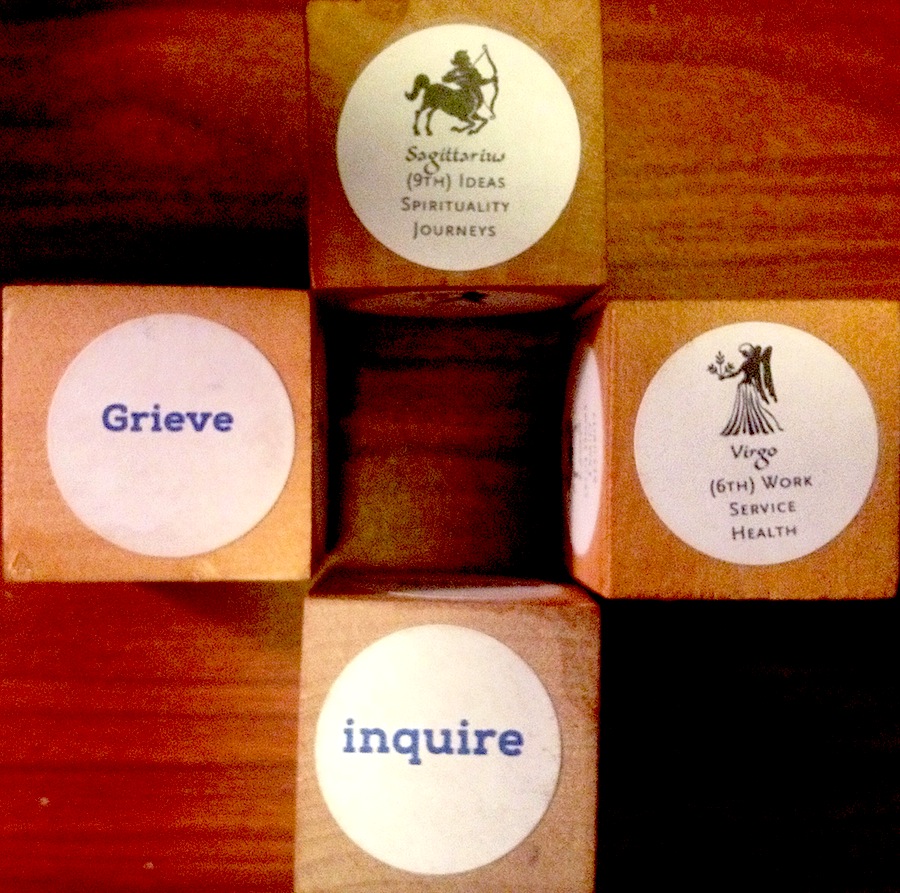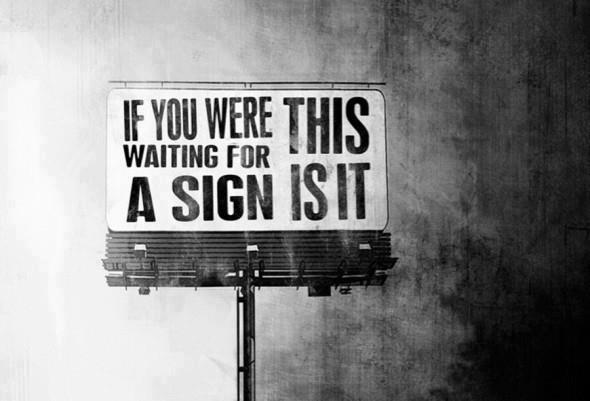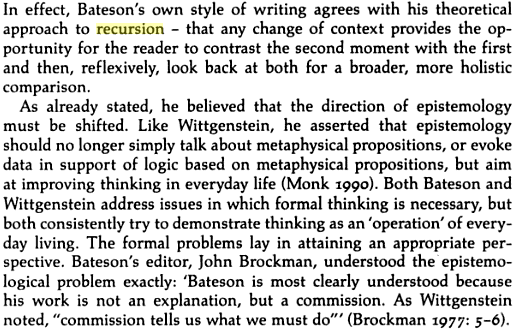[Liberalism] knows that an individual is nothing fixed, given ready-made. [Individuality] is something achieved, and achieved not in isolation but with the aid and support of conditions, cultural and physical–including in “cultural,” economic, legal and political institutions as well as science and art. Liberalism knows that social conditions may restrict, distort and almost prevent the development of individuality. It therefore takes an active interest in the working of social institutions that have a bearing, positive or negative, upon the growth of individuals who shall be rugged in fact and not merely in abstract theory. It is as much interested in the positive construction of favorable institutions, legal, political and economic, as it is in removing abuses and overt oppressions. John Dewey – The Future of Liberalism (1934) *
Until now, capitalism has always seemed to be inextricably linked with democracy; it’s true there were, from time to time, episodes of direct dictatorship, but, after a decade or two, democracy again imposed itself (in South Korea, for example, or Chile). Now, however, the link between democracy and capitalism has been broken.
This doesn’t mean, needless to say, that we should renounce democracy in favour of capitalist progress, but that we should confront the limitations of parliamentary representative democracy. The American journalist Walter Lippmann coined the term ‘manufacturing consent’, later made famous by Chomsky, but Lippmann intended it in a positive way. Like Plato, he saw the public as a great beast or a bewildered herd, floundering in the ‘chaos of local opinions’. The herd, he wrote in Public Opinion (1922), must be governed by ‘a specialised class whose personal interests reach beyond the locality’: an elite class acting to circumvent the primary defect of democracy, which is its inability to bring about the ideal of the ‘omni-competent citizen’. There is no mystery in what Lippmann was saying, it is manifestly true; the mystery is that, knowing it, we continue to play the game. We act as though we were free, not only accepting but even demanding that an invisible injunction tell us what to do and think.
In this sense, in a democracy, the ordinary citizen is effectively a king, but a king in a constitutional democracy, a king whose decisions are merely formal, whose function is to sign measures proposed by the executive. The problem of democratic legitimacy is homologous to the problem of constitutional democracy: how to protect the dignity of the king? How to make it seem that the king effectively decides, when we all know this is not true? What we call the ‘crisis of democracy’ isn’t something that happens when people stop believing in their own power but, on the contrary, when they stop trusting the elites, when they perceive that the throne is empty, that the decision is now theirs. ‘Free elections’ involve a minimal show of politeness when those in power pretend that they do not really hold the power, and ask us to decide freely if we want to grant it to them. Alain Badiou has proposed a distinction between two types (or rather levels) of corruption in democracy: the first, empirical corruption, is what we usually understand by the term, but the second pertains to the form of democracy per se, and the way it reduces politics to the negotiation of private interests. This distinction becomes visible in the (rare) case of an honest ‘democratic’ politician who, while fighting empirical corruption, nonetheless sustains the formal space of the other sort. (There is, of course, also the opposite case of the empirically corrupted politician who acts on behalf of the dictatorship of Virtue.)
‘If democracy means representation,’ Badiou writes in De quoi Sarkozy est-il le nom?, ‘it is first of all the representation of the general system that bears its forms. In other words: electoral democracy is only representative in so far as it is first of all the consensual representation of capitalism, or of what today has been renamed the “market economy”. This is its underlying corruption.'[*] At the empirical level multi-party liberal democracy ‘represents’ – mirrors, registers, measures – the quantitative dispersal of people’s opinions, what they think about the parties’ proposed programmes and about their candidates etc. However, in a more radical, ‘transcendental’ sense, multi-party liberal democracy ‘represents’ – instantiates – a certain vision of society, politics and the role of the individuals in it. Multi-party liberal democracy ‘represents’ a precise vision of social life in which politics is organised so that parties compete in elections to exert control over the state legislative and executive apparatus. This transcendental frame is never neutral – it privileges certain values and practices – and this becomes palpable in moments of crisis or indifference, when we experience the inability of the democratic system to register what people want or think.
Slavoj Žižek – Berlusconi in Tehran, London Review of Books,July 23, 2009
Žižek’s article bores deeply into the contradictions triangulated between democratic participation, the manipulations of ideology and the hegemonic turn of the profit motivation. It is a measure of social consequences of acting out and through those contradictions, that somebody such as Sarah Palin can be promoted to any consideration at all.
But, given the case that Palin actually presents, and too the instance of her celebration, it is enough to suggest that there exists a shared sense among some–if not many–of her celebrants that freedom might better be secured via a theocratic design rather than a democratic one. This isn’t to say Plain is a theocrat, its to say that she captures something of the theocratic projection, and of the countervailing current that poses idealized order against the sparking chaos of modernity and markets.
*hat tip to George Scialabba, who presented this excerpt in his article, Only Words, The Nation, May 11, 2009

